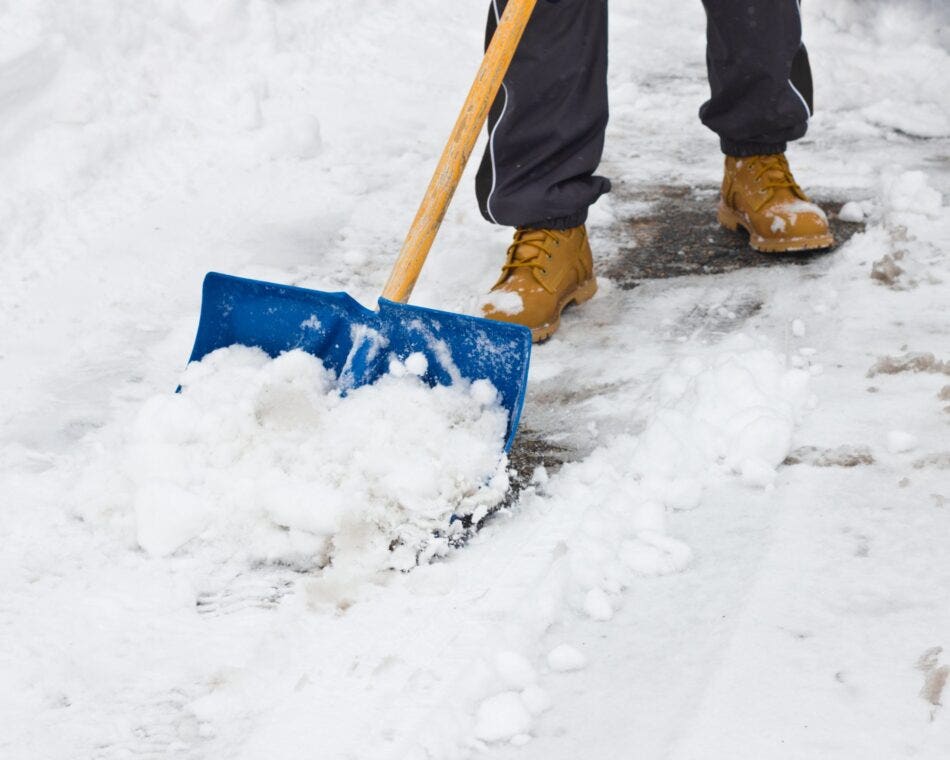Winter brings a lot of potential for liability risks and damage to businesses in Canada. This can include:
- Slips and falls
- Burst pipes
- Car accidents
- Damage from ice and snow
- Lost revenue due to closures
In this article we’ll review how to avoid liability risks and damage to businesses in Canada with proper maintenance and prevention measures.
1. Inspect the exterior of the building and fix any issues before winter gets underway.
Check the foundation exterior windows doors and roof for holes cracks bends and any other signs of damage. Inform your landlord of any issues or if you own your premises or are responsible for maintenance get them fixed ASAP. Winter’s cold and moisture can cause these small problems to transform into big ones.
2. Clean out the gutters.
Cleaning out your gutters helps ensure water drains properly. You can install gutter guards although you’ll still need to clean the gutters at least once a year.
3. Sidewalk and parking lot maintenance.
Shovelling and sanding/salting your walkways is important for preventing slips and is a good indicator that your business is open. Clearing your parking lot helps customers and employees park and get to your business safely and can also help with water management when it’s time for all that snow to melt. You can also put in markers that show above the snow to indicate curbs and parking spots.
4. Clear ice and icicles from the roof.
Clearing ice snow and icicles off the roof is important. Heavy snow can cause roof collapse and ice damming can mean your roof doesn’t drain melting snow properly. Icicles can break off and hit unsuspecting people below. It’s a good idea to hire a professional to take care of this type of snow removal.
5. Turn off external water and remove any outdoor hoses.
Turn off the water and turn on the external taps to drain the pipes. Then turn them off and store any outdoor hoses inside.
6. Do the necessary yard maintenance.
Rake the leaves trim the trees and store or cover anything that’s outside.
7. Take care of the entryways.
Mats can help reduce the puddles that form around entryways. It’s helpful to have a “wet floor” sign and regularly mop up the area.
8. Use signs to communicate potential hazards.
Warn employees and customers of hazards like wet floors icy sidewalks and overhanging icicles.
9. Check on the furnace and change out the filter.
Change out your filter and inspect your furnace. A professional can do a thorough inspection for around $200.
10. Check on your insulation.
Proper insulation keeps your pipes from freezing and your energy bills lower.
11. Be prepared for power outages and getting snowed in.
Make sure you have emergency supplies on hand and a generator if it’s necessary to your operation or for preserving your inventory or materials.
12. Have a plan for bad weather.
Have a plan for bad weather before it hits. Can employees work from home? Will you send them home as bad weather starts? What needs to be done at work? An emergency contact list and to-do list are important to have on hand.
13. Equip any work vehicles with winter tires and emergency kits.
Winter tires are proven to make driving vehicles safer in colder and snowy weather. Keep an emergency kit in each vehicle as well in case an employee gets stranded.
Business Interruption Insurance
Snowstorms can mean unexpected closures power outages damage and suppliers being affected. In some situations business interruption insurance can help your business cover costs while you’re forced to close.

